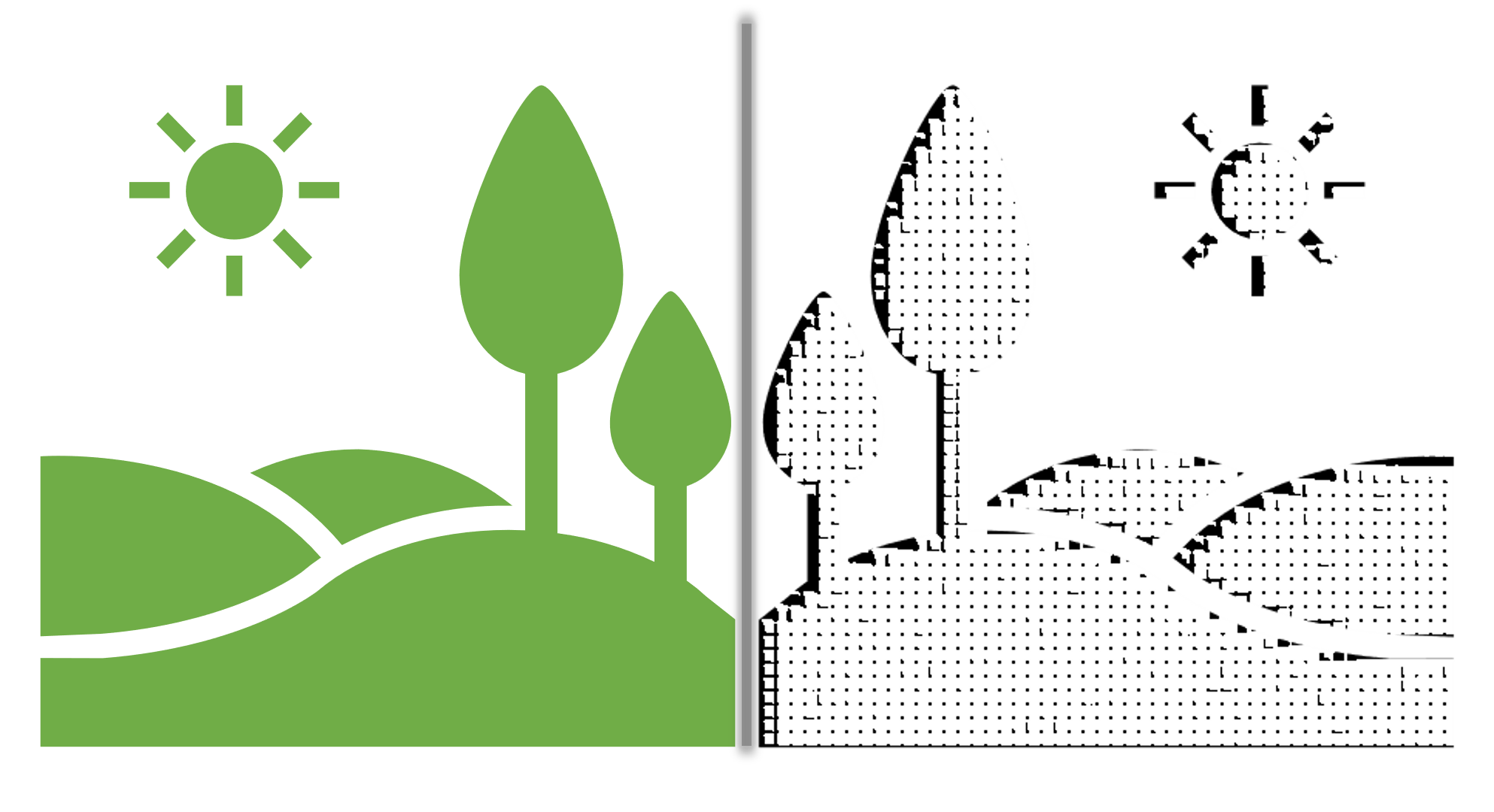Digital Twins in Ecology

Digital Twins have a long tradition in industry as continuously updated digital replicas of real-world objects or processes. More recently, they have been promoted as a way forward for various fields, for example to better monitor, understand and predict ecosystem dynamics. Ecological modelling often faces data gaps and uncertainties, as well as unknown and undiscovered mechanisms, which can make it difficult to adequately and correctly represent real-world ecological phenomena in models. The Digital Twin technology can address these limitations by making any new data quickly available to an ecological model, facilitating automated workflows of model simulations and analyses, and generalising models to broader scopes. We have started such a process by creating Digital Twins of grassland biodiversity dynamics and honeybee dynamics in agricultural landscapes within the BioDT project. Both twins build on existing and established ecological models. During their development, we demonstrate both the potential and the limitations of transferring the Digital Twin technology to ecology.

Selected Publications
- Groeneveld, J., Martinovic, T., Rossi, T., Salamon, O., Sara-aho, K., Grimm, V. (2024):
Prototype Biodiversity Digital Twin: honey bees in agricultural landscapes
Res. Ideas Outcomes 10 , e125167 10.3897/rio.10.e125167 - Groeneveld, J., Odemer, R., Requier, F. (2024):
Brood indicators are an early warning signal of honey bee colony loss—a simulation-based study
PLOS One 19 (5), e0302907 10.1371/journal.pone.0302907 - Lecarpentier, D., Biro, T., Endresen, D., Golivets, M., Grimm, V., Islam, S., Koivula, H., Pleiter, D., Rossi, T., Schigel, D., Wohner, C., Zuquim, G., Harrison, J. (2024):
Developing Prototype Digital Twins for biodiversity conservation and management: achievements, challenges and perspectives
Res. Ideas Outcomes 10 , e133474 10.3897/rio.10.e133474 - Taubert, F., Rossi, T., Wohner, C., Venier, S., Martinovič, T., Khan, T., Gordillo, J., Banitz, T. (2024):
Prototype Biodiversity Digital Twin: grassland biodiversity dynamics
Res. Ideas Outcomes 10 , e124168 10.3897/rio.10.e124168 - de Koning, K., Broekhuijsen, J., Kühn, I., Ovaskainen, O., Taubert, F., Endresen, D., Schigel, D., Grimm, V. (2023):
Digital twins: dynamic model-data fusion for ecology
Trends Ecol. Evol. 38 (10), 916 - 926 10.1016/j.tree.2023.04.010
